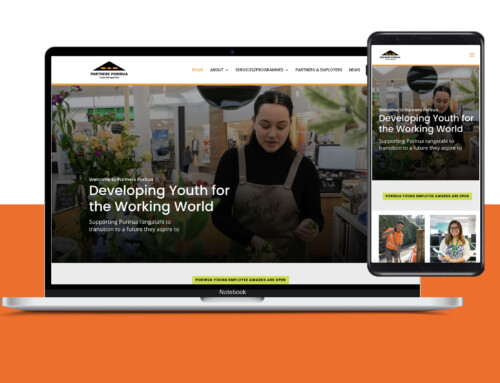How to create great content
By Angela Bensemann, Halo Communciations
Writing’s easy right? There are a million things you want to say and all you need to do is start. And therein lies the problem… the starting. Creating content doesn’t need to be hard there are some easy ways to get you going and to help you turn out helpful, insightful well written content.
Getting started – why are you writing this?
It’s not uncommon to stare at the blank screen – type a few words and delete, delete, delete. The reason is that creating content starts well before you sit down to type.
It starts with the reason for writing in the first place – WHY? What problem are you trying to solve or what exciting new idea do you want to impart? What is the point? If you don’t know then your audience surely won’t want to read it.
Which brings us to the who
Who are you writing it for – be specific. What is it that your particular audience or customers are interested in or need to know.
Next comes the where. Where do they get their information from? Are you creating this content for a blog on your website, social media posts, a newsletter, company brochure, media outlets, industry publications etc… or all of the above?
Once you’ve thought about the why, who and where you need to formulate your content idea.
Finetuning your idea
Coming up with ideas is a common sticking point. Here’s a few suggestions to get you started.
- Answer common questions or issues your customers, clients or audience ask you. Keep a list – these are all great starting points ideas for your content.
- Think about the mistakes you commonly see – and how to avoid these.
- Google the idea or issue you are thinking about writing and see what people are commonly searching for and asking. For example if you grow avocados and want to write a blog on how to know if avocados are ripe – Google that and you will see other common asked questions pop up. These questions will help you know what to write about in your blog:
- How do you ripen an avocado?
- What colour is a ripe avocado?
- Can you eat an avocado that’s not ripe?
- How to ripen an avocado in 10 minutes.
- Check out ChatGPT or another AI tool and ask it something like – “tell me the top 10 things people search about [your idea]”. If you want to know the 10 best ways to communicate and engage with older people – just ask it.
- Use a tool like ‘Answerthepublic.com’ to find out what people want to know about your industry, e.g. What does a graphic designer do? You’ll get 150 ideas of what people have asked around the question.
Writing your content
Compelling headline
Every article or piece of content needs a great headline – something that will attract attention and come up on Google searches. For me this is the bit I often struggle with. Sometimes it comes to me straight away but more often than not it just doesn’t.
My advice is to come back to the headline. Write your piece first. As you are writing the headline often becomes more apparent. If not, I suggest a couple of things:
- Give it a name that says what’s on the tin. E.g. the title of this blog is not particularly exciting but it tells you what you are going to get: How to create great content. Yay – it’s not mediocre content it’s GREAT content!
- Drop your article into ChatGPT and ask it to give you five headings aimed to appeal to your particular audience – you might like one immediately, you might choose to do a hypbrid or you might ask it to try again!!!!
Introducing your idea
Your intro needs to be to the point and address the headline – people will decide on whether to read or not on the headline and then the first sentence or two – if you don’t grab them then you won’t grab them at all. If they read nothing else you want them to have read the most important info in the first sentence. This is where you introduce the challenge or the point of what you are writing.
Shaping the body of the content
Essentially this is where you provide your words of wisdom in answer to the problem or issue your content is addressing. Again keep it to the point, think about your audience, think about your tone of voice – is it chatty and informal or more formal and professional or somewhere in between.
Wrapping it up with a call to action
To wrap up you can circle back to how you have addressed the problem and follow up with a call to action. That might be asking the reader to visit your website for more info, book a call with you to find out more or telling them you can do this all for them.






